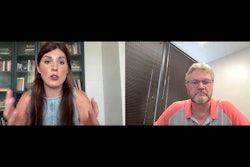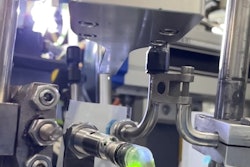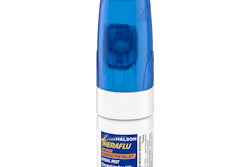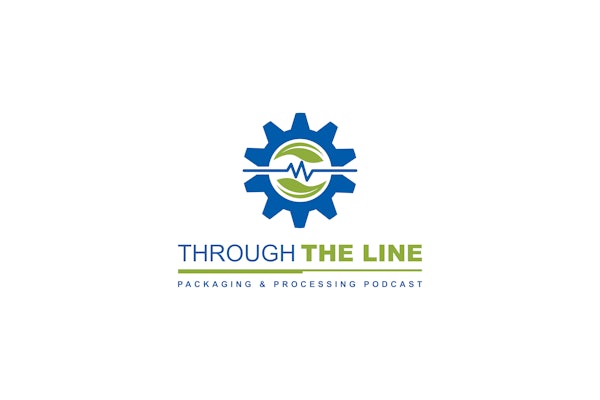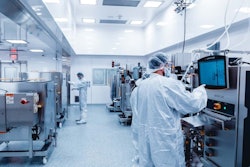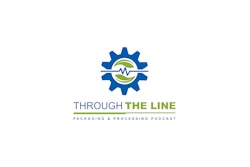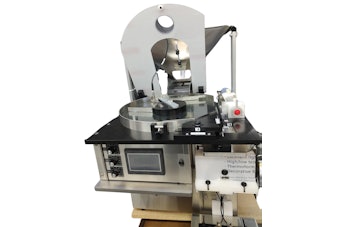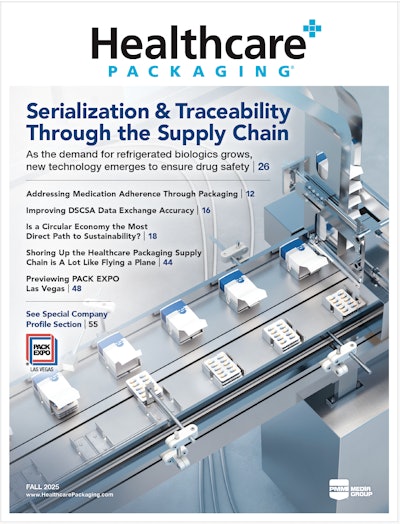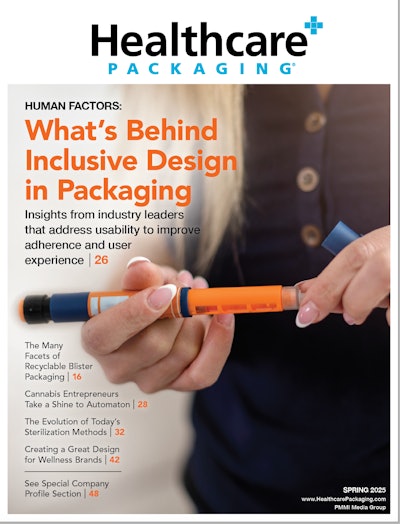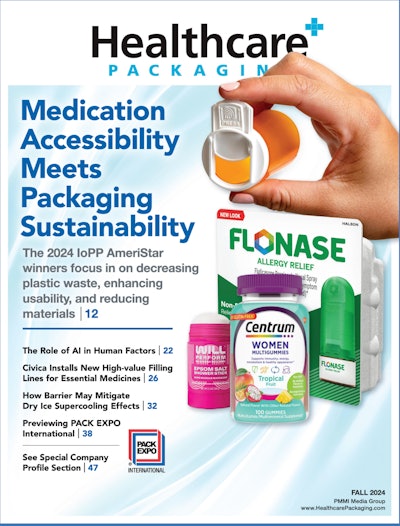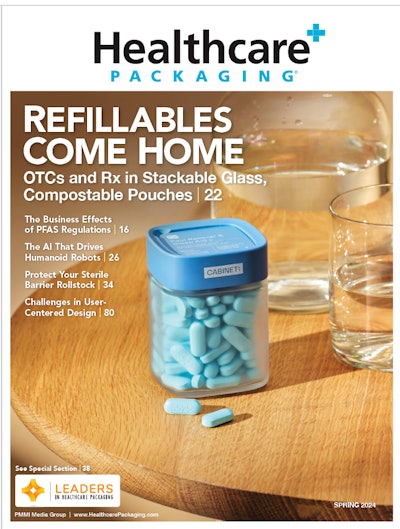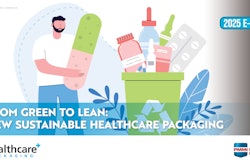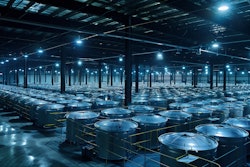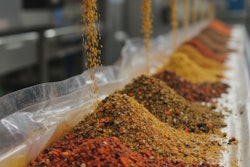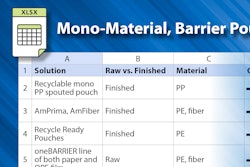Liz Cuneo: I am here with Darius Schubert from INW Dallas One Solutions. He is the senior project manager there. Darius, thank you for being here, why don't you do a quick overview of who INW Dallas One Solutions is.
Darius Schubert: Thank you for having me. INW Dallas One Solution is a one-stop shop, we are in Carleton in Texas, north of Dallas. And we are providing solutions in nutrition and wellness. We are experts in formulation of various products for the customers. But we also provide mixing and packaging of all these products that we make here. So, one of the important things is that we are doing it on 18 different lines, and we have products ranging from drinks through to different gels and all the way down to cosmetics.
Cuneo: Okay. But the drinks and gels, it's in the nutraceutical wellness space, is that correct?
Schubert: Yes.
Cuneo: Okay, so I know that the point of this call is to talk about the Charts liquid nitrogen dosing system. And you are currently using this system on your nutritional supplement beverage, but I'm hearing that you have expanded the use of this technology, so now you're using it on some single-serve pouches. Is that correct?
Schubert: Yes, that's correct. We started our journey with nitrogen dosing a few years ago by purchasing some Chart dosing systems and including them in our bottle lines. And now presently, we expanded it and we put this on six out of 12 lines producing pouches filled with gel.
Cuneo: Oh, wow. So, what sort of products are in these pouches and what size are they?
Schubert: So, we have products in these pouches, we actually calling them gels, but they come in various viscosities I would say. So, they are a little bit more like a juice or drinks, all the way to gels that are the consistency of honey. Pretty much all the product that we doing here is considered energy drinks or energy gel.
Schubert: And they come in different sizes. I mean, from the really micro dosing of about 0.2 ounces all the way to the largest packages that we are making about one and three quarter of an ounce.
Cuneo: Okay. And the purpose of the liquid nitrogen is a preservation method, right?
Schubert: Correct. Blowing out some of the air, adding that in keeps air out of the product. So the process of nitrogen dosing or using nitrogen is not new in the industry. I mean, it's being used for several years in different food industries. But the purpose of it is to expel or, eject the air that is contained in the pouch or the bottle above the product and replace it with the nitrogen. So, the nitrogen itself is an inert gas that doesn't react with the food or product inside the container. And by doing this, it extends the life shelf of the product. And studies show that the extension is about 25%.
Cuneo: Okay. Interesting. So, while the technology's not new, your move to the pouches is what's really a new thing for you guys, and why is this move or this adoption of this technology new or noteworthy?
Schubert: The main reason for it to be new is that it's very difficult to maintain consistency and determine the quantity of the nitrogen that has to be dosed to expel all the air, but also not cause the pouches to bloat or to bulge. Liquid nitrogen in contact with the air instantaneously starts evaporating and expands and then converts to the gas. And it expands its volume by a factor of 700. So it's very critical for us to maintain quite a bit of control of how much we putting in. Because otherwise we're going to have pouches that will look bloated.
Cuneo: Okay, sure. What have been some of the challenges in adopting the liquid nitrogen on the flexible pouch? I know you just mentioned the use of too much would result in bulging. Is there a problem if there's not enough? How do you control the right amount?
Schubert: By testing actually. There are methods of calculating how much we can gain volume wise by how much we dosing, I mean, the size of the droplet, of the liquid nitrogen. And then considering, like I mentioned, the 700 times expansion, we can calculate the volume of the nitrogen that we putting in, but it's very difficult to do it in the production area and the production environment. So by testing different settings, different parameters of the dose, we determine which product or which package requires what amount of nitrogen to be dosed to be acceptable.
So we have testing to verify the content or presence of nitrogen in the pouches. Unfortunately, we cannot register the amount of it. So assuming that we are expelling all the air from the pouch, we are accepting the fact that once we have nitrogen in the pouch, it's taking pretty much the whole space available for it.
Cuneo: Do you think the single-serve pouch market is growing? I know you mentioned energy drinks, I wonder if it's growing for other products. Have you seen a big push for that?
Schubert: I know that our customers in general, our customers are definitely switching more and more into smaller doses. There's more single-use containers. I believe that a lot of people are using it on their go on. They go into the gym, and they don't want to be carrying the bottles any other type of containers, large containers with them. Yeah. So that's what we seeing from our customers actually switching more and more into it. And we growing into the gel production or the pouch production more and more. And right now, it is the majority of projects.
Cuneo: I was going to ask what sparked you guys utilizing this technology, but it seems like the demand was there for the single-use small pouches. Is using the liquid nitrogen the only way to remove the air and keep it shelf stable? Or is there another way that maybe other companies are doing or the industry's been doing?
Schubert: So there are some other methods. There is a CO2, for example, but I believe nitrogen is more effective and is more readily available. It's also easier to apply than CO2.
Cuneo: Okay. Um, so how was the dosing process integrated into your filling or packaging line? Is it just a little add-on nozzle that we're throwing in there, or was that a bigger undertaking?
Schubert: Each of our lines have a separate unit that we purchase from Chart with a separate tank of liquid nitrogen. And we did have to make some modifications to our equipment, and we had to make some modifications also to some mountings of the Chart Systems just to be able to make it work together. But like I'd mentioned at this point, we have this on the six gel lines, and then we also have several of them on the bottled drink lines.
Cuneo: Cool, and then what dosing accuracy can you achieve or maintain? I'm guessing it varies for bottles versus pouches, single-serve versus a larger size. So how do you achieve that accuracy and maintain it? You mentioned testing. Is that the main method?
Schubert: Testing is used in our case to verify that we actually dosing nitrogen into the containers. Besides that, one of the methods is putting our pouches into the boxes. The boxes were designed for a certain number of pouches to fit in very tightly. So, if we are adding too much of the nitrogen, then we have trouble putting them in the box. So that's our secondary method of determining whether are putting in the right amount of nitrogen in the pouches. Besides that, we set up, like I mentioned, we did a lot of testing and we set up a standard for each of our product, of each size of the pouches. And we have recipes that we are using for the equipment. And it's measured in milliseconds. The equipment is capable of maintaining the accuracy to the fraction of the millisecond.
Cuneo: Wow, so it's very, very short period of times. And it's more measured… I'm thinking amount, you know, like a weight of the nitrogen, but it's really just how long.
Schubert: How long the valve is open. Yep.
Cuneo: Okay. Interesting. So now that you've adopted it, and it's going well for you guys, what are some of the benefits that your company's experiencing?
Schubert: The main benefit is that we confirm that we are able, so the market can reach out to us. And we know how to do it. We know what we are doing now, and we can do it. And the other main benefit is that confirm to our customer that we are a worthy supplier. We took the challenge when they asked us if we can do it, and now we are strengthening our relationship with them.
Cuneo: How long did it take, do you think, from thinking about, ‘Hey, we should be doing this’ to, ‘we're up and running, everything's going great.’ Was it a long process?
Schubert: Not necessarily very long. It's more dependent on the setting up and the adjusting or making necessary modifications to the equipment to make it work for your line, whatever the line is, that's probably the most challenging portion of it. Once you have it set up and you dial in your parameters, it's pretty straightforward. So the timeline, I would say it might take from the time that you decide to do it to the time that you have it fully operation online, it's more depending on how long it takes for the Chart equipment to arrive. After we received it, within a few days we were ready to put our first unit on the line and start using it.
Cuneo: Great. I know Chart boasts that liquid nitrogen dosing provides the benefit of preservation for products. There's also the benefit of pressurization in freezing, extended shelf life, reduced weight, and enhanced product quality. Have you seen any of those? I think the main goal for you guys has been the preservation for your products and keeping them shelf stable longer, correct?
Schubert: Yes. That's like I mentioned before, we are expelling the air from the pouch and replacing it with the nitrogen, which is inert gas that doesn't react with the contents of the pouch or bottle. That's what causes it to last longer.
Cuneo: Okay. Are you running any other products or do you have any other products that you're currently running with the liquid nitrogen dosing?
Schubert: At this point, that's the only thing that in our facility that we're using nitrogen for, but these are also our only products that we are making. I don't know whether we are going to be using it for the cosmetics yet, but that's possible.



